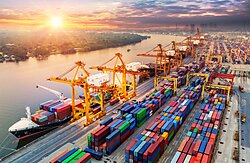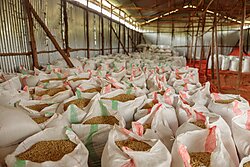The facts say otherwise.
Indeed, recent decades have seen people around the world experience dramatic improvements in well‐being across a broad range of indicators. Despite setbacks amid the disruptions of the COVID-19 pandemic, the long‐term trends are positive across a host of key metrics, including average income, life expectancy, rates of educational attainment, and internet access. Data from respected scholars, academic institutions, and international organizations provide evidence of remarkable long‐term improvements in living standards, especially over the past two centuries. Progress in the past few decades has been particularly pronounced in less developed countries.
Progress does not, of course, materialize at random and without a cause. Many economists attribute the extraordinary increase in human development, at least in part, to the revolution in international connectivity that has defined modern globalization. Indeed, the role of trade, and associated specialization, in creating economic growth and prosperity cannot be overemphasized. By liberalizing economic cooperation and exchange across borders, the expansion of global markets has helped produce the innovations and prosperity underlying many gains, as recorded on websites such as Our World in Data, Gapminder, and HumanProgress.org.
But have those gains been widely shared? Have the benefits of globalization‐driven economic growth reached people in different countries “equally”? Put simply, is the world becoming more equal?
As this essay will detail, the answer to these questions is an unequivocal “yes.”














